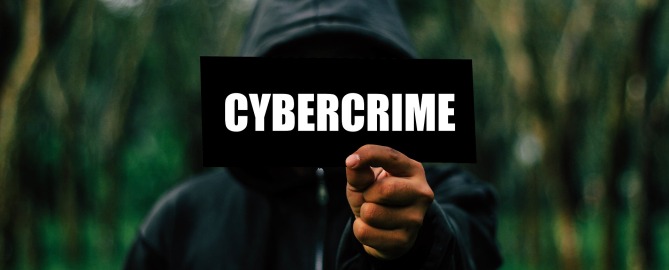Cyberbullying, cyberstalking, and sextortion are all examples of the dark side of the internet. We as educators and parents know that these dangers are out there and we have to educate our kids on these very series crimes. Unfortunately all to often kids between the ages of 9-18 are targeted by people that are experts of internet crime.
I had a great opportunity to listen to Carol Todd speak about her daughter, Amanda Todd, experience with being sextorted and bullied as a result. For those of you that do not know that Amanda Todd story, please check out the documentary Stalking Amanda Todd: The Man in the Shadows produced by the CBC. Listening to Carol speak was an eye opener for me as an educator. She asked a question that has really got me thinking; how early should we start teaching our kids about digital safety? Although she did teach Amanda about internet safety, Amanda was still targeted.
I have a young son that knows how to use my devices, but we have not yet talked about internet safety. My husband and I have decided that he is to young to learn about internet crime because it is different. I also posed this question to my online community and the responses varied. For instance, one person wrote: when we start teaching our kids about stranger danger. I agree with this but I feel that teaching a child that we do not talk to strangers is different online than it is on the street. On the street where they can visually see the person, online the predator is anonymous.
The next thing that Carol discussed was that children get addicted to the attention that they receive on the internet. This is especially true when there are rewards given by the audience. One of my classmates wrote “Everyone likes diamonds, hearts, followers, praises and the likes on social media.“. But what kids lack is the logical knowledge and decision making skills to know right from wrong on the internet. It is our jobs as educators to teach them the dark side of the internet including cyber crime. To help educators with teaching logical skills and decision making staysafeonline.org has powerful and engaging lesson plans for educators to follow.
Unfortunately, resources like we have today were not as readily available when cyber crime effected the Todd family. I just want to thank Carol Todd for talking about her daughter’s tragedy and educating teachers about these crimes. To my readers I pose the same question that Carol posed to us: at what age should educators start having the internet safety talk with our students?

February 25, 2017 at 11:34 pm
Very thoughtful post ! I liked every bit of it right from the title to end.
LikeLiked by 1 person